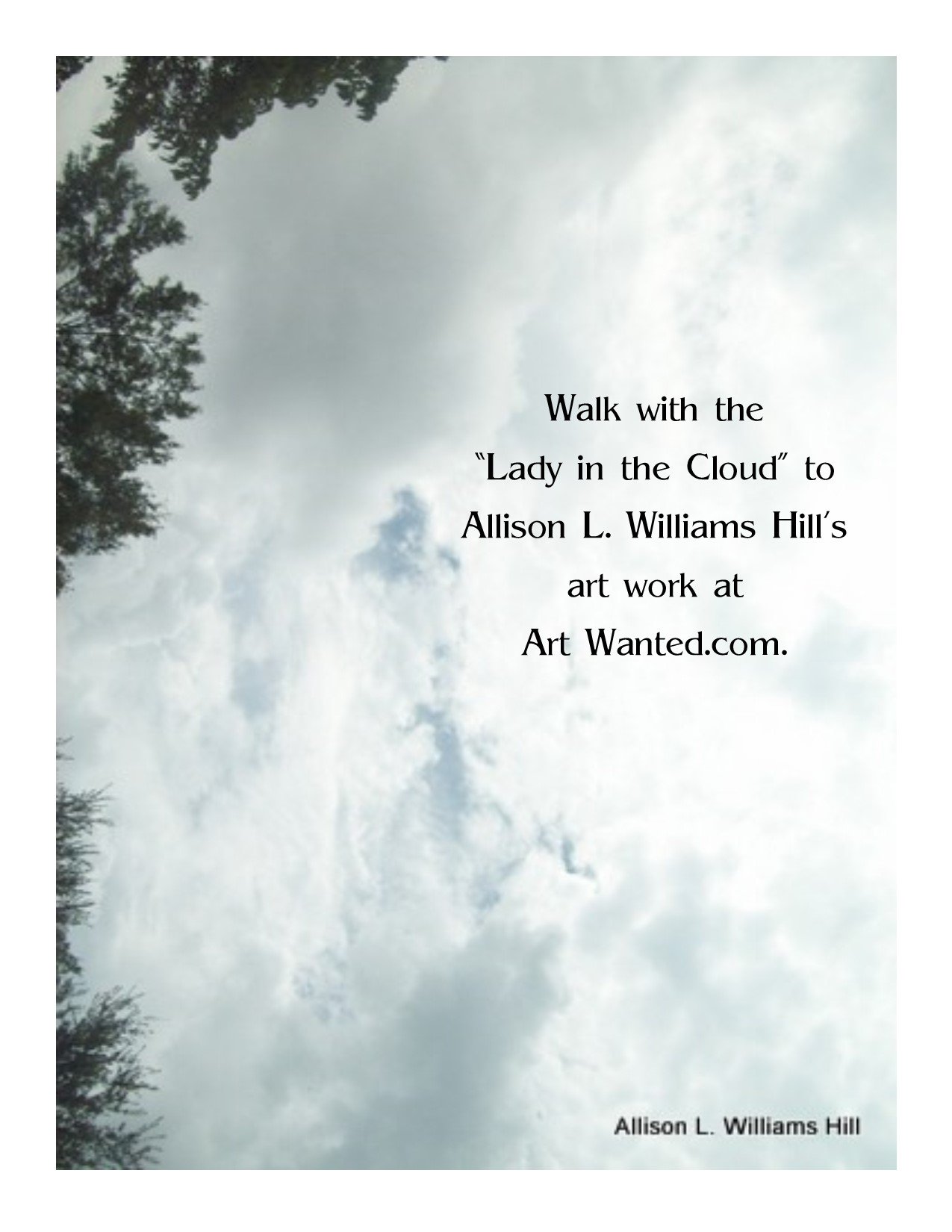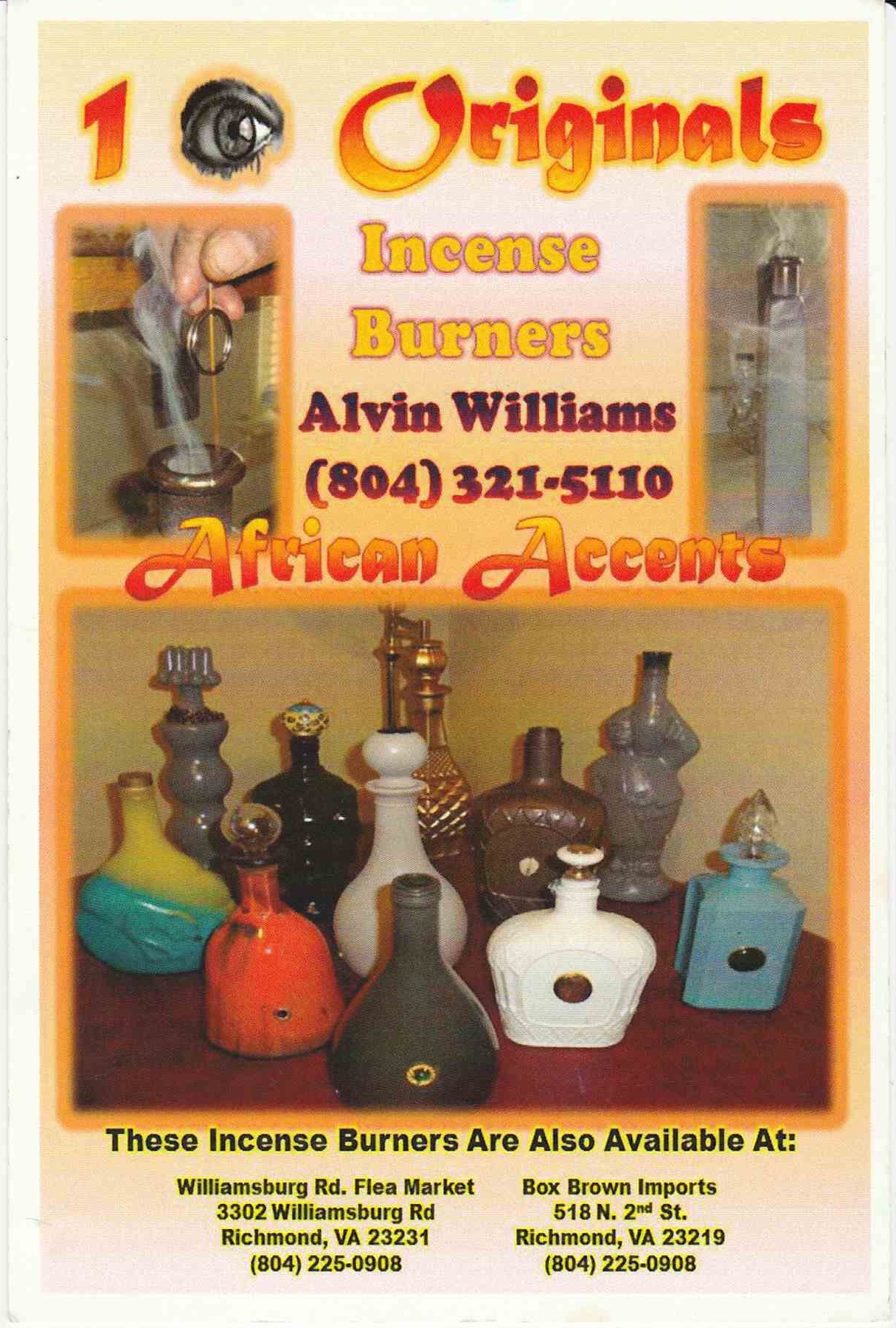Incense
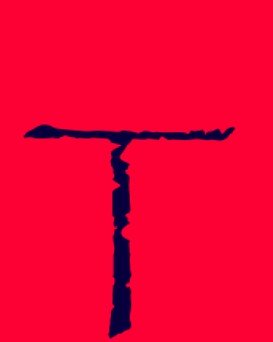
he most common use of incense has been its incorporation in ceremonies with prayer, worshiping of beings of considerable importance. Religious practices included its use to change environments and to help improve states of being, emotional, mental,and physical.
Evidence of incense was found at archaeological sites of ancient civilizations-Mesopotamia, Phoenicia, Arabia, Egypt, India, Greece and Rome.
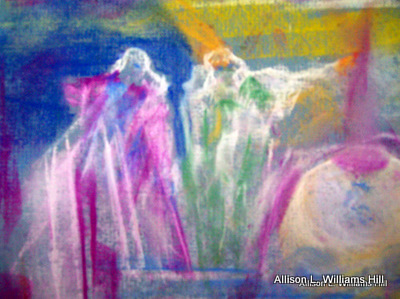
Thought detail 9 by Allison L. Williams Hill
From the Asian Art Mall incense article: "We know that incense was first brought to China by a monk around 200 CE and that by the Tang dynasty (618 - 607), incense was in common use and no longer restricted to religious or medical practice. Stick incense was developed in China during the Ming dynasty (1368-1644). Around this time, the art of making incense became highly developed in Japan where it became so popular that entire schools were devoted to the art, or Koh-Do, 'the way of incense'. Among their other incense accomplishments, the Japanese invented the cone form of incense popular today and introduced this form at the World's Fair in Chicago in the late 1800s.
"The principle of making incense combines aromatic ingredients and a flame or heat source. Typically, the ingredients are ground into a powder and then ignited to release the aroma. Some herbal incense is not powder fine, and more closely resembles loose-leaf tea. Powdered ingredients may be bound together by a neutral material in order to form sticks or other shapes. In addition to making the incense easier to handle, the binding agent allows the incense to burn more slowly and evenly."
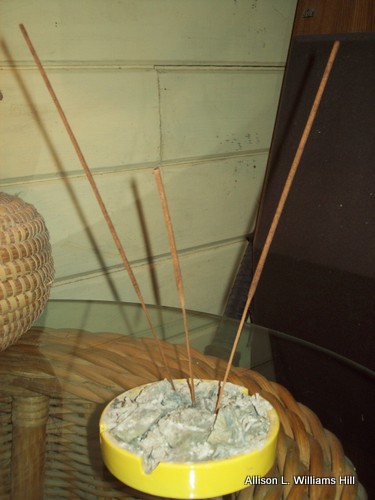
Several threads of origin are associated with incense. It may have originated in Egypt where the gums and resins of aromatic trees were imported from the Arabian and Somali coasts. As it was an import, it's fair to say that its use may have been restricted to religious ceremonies. Pharaohs used it to counteract unpleasant odors, drive away demons, and gratify the presence of gods.
Evidence showed that the Babylonians used incense extensively during rituals when offering prayers or divining oracles. Israel acquired incense in the 5th century BC and, again, used it in religious offerings. From Israel, incense was brought to Greece, then Rome and India. Hindus as well as Buddhists, to the present, burn it in their respective rituals and festivals. It is well known that incense was presented to the infant Jesus, according to a book of the Bible.
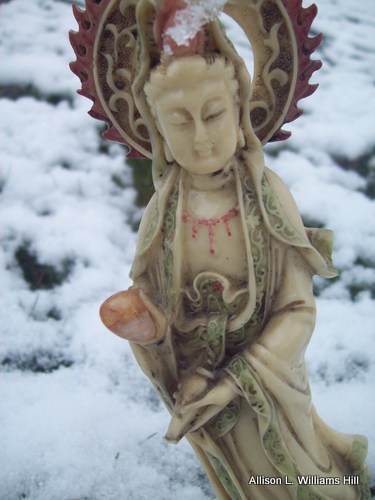
Quan Yin
It is known that incense was first brought to China by a monk, around 200 CE and that by the Tang dynasty (618 - 607),preceding Babylonia, incense was in common use and no longer restricted to religious or medical practice. Stick incense was developed in China during the Ming dynasty (1368-1644). Buddhist monks brought incense to Japan in the sixth century. When stick incense was being developed by the Chinese, the art of making incense became highly developed in Japan. Schools were devoted to the art, called Koh-Do or "the way of incense." The Japanese invented the cone form of incense.
Samurai warriors would perfume their helmets and armor with incense to achieve a proud aura of invincibility as they prepared to meet their foe and their fate in fourteenth century Japan. Incense use increased several centuries later. Today, the manufacturing process has developed to produce incense in stick, cone, and powder, making it available to most people on the planet for unlimited uses. Incense's humble beginnings were from burning articles of nature - leaves, twigs,wood with resins in them, that emitted odors stimulating the olfactory senses.
Source
Asian Art Mall incense Article
Cousin Alvin's Incense Burners
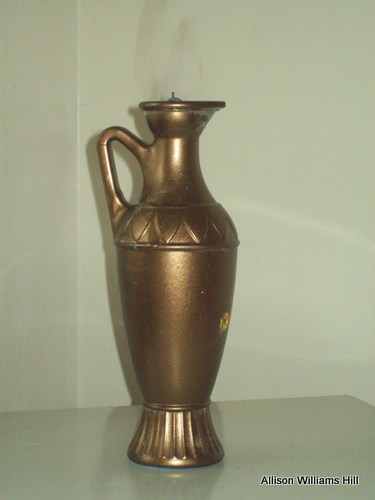
I have a cousin named Alvin. His twin is named Calvin. I met them both during family reunions, few and far between. I was grateful that I reconnected with Alvin last year and have been in contact with him ever since. The last Alvin sighting was at Aunt Ernestine Willemina Williams Robinson’s services in November 2013 who made the transition at age 96. She was married to Uncle Winifred for 75 years.
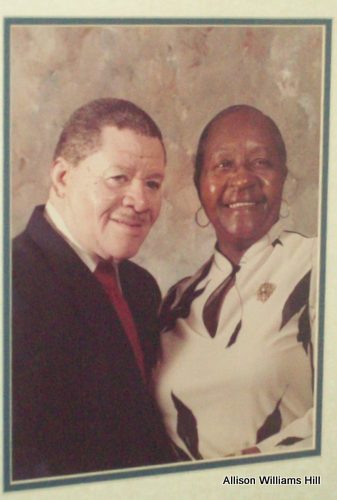
Alvin shared his experience with glaucoma, that he underwent surgery to drill holes into his eyeballs to facilitate drainage. He volunteered to help at-risk youth until one attacked him and further injured his eyes. He acquired his license for massage. It has been done before: people with limited or no vision become masseuses and are more sensitive to what their fingers “find” under skin. Now I know that one among them is my brilliant cousin.
Since Alvin wanted to control who he allowed to enter his home, he does little of the massage work. But, and this is what I want to share, he uses is hands for recycling bottles. He created incense burners with them. I saw in my mind a Michelob or a Heineken beer bottle. How nice, I thought. I got a postcard from another cousin and I was amazed by their beauty. None of them were beer bottles. The one he chose to send me is pictured. It is an elegant repurposed object. It is decorative and useful. Alvin creates them in all colors.
Women create home parties like what used to happen with Tupperware products. (In fact, I did that with Tupperware and Naughty Nighties many, many years ago. Never again.)
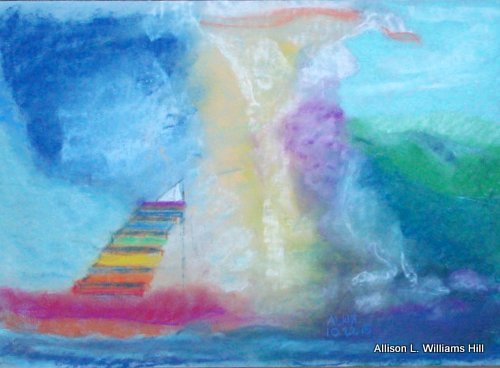
Alvin told me one woman purchased one for every room of her home. "It’s fun to watch for a genie to come out," I said. “You’re on your own there,” he said. “I didn’t put one in.”
I scanned the postcard with his contact information. He created a nice package for this product. His company is called One Eye Productions, web site is OneEyeOriginals.store. He created a video you can watch here.
Links
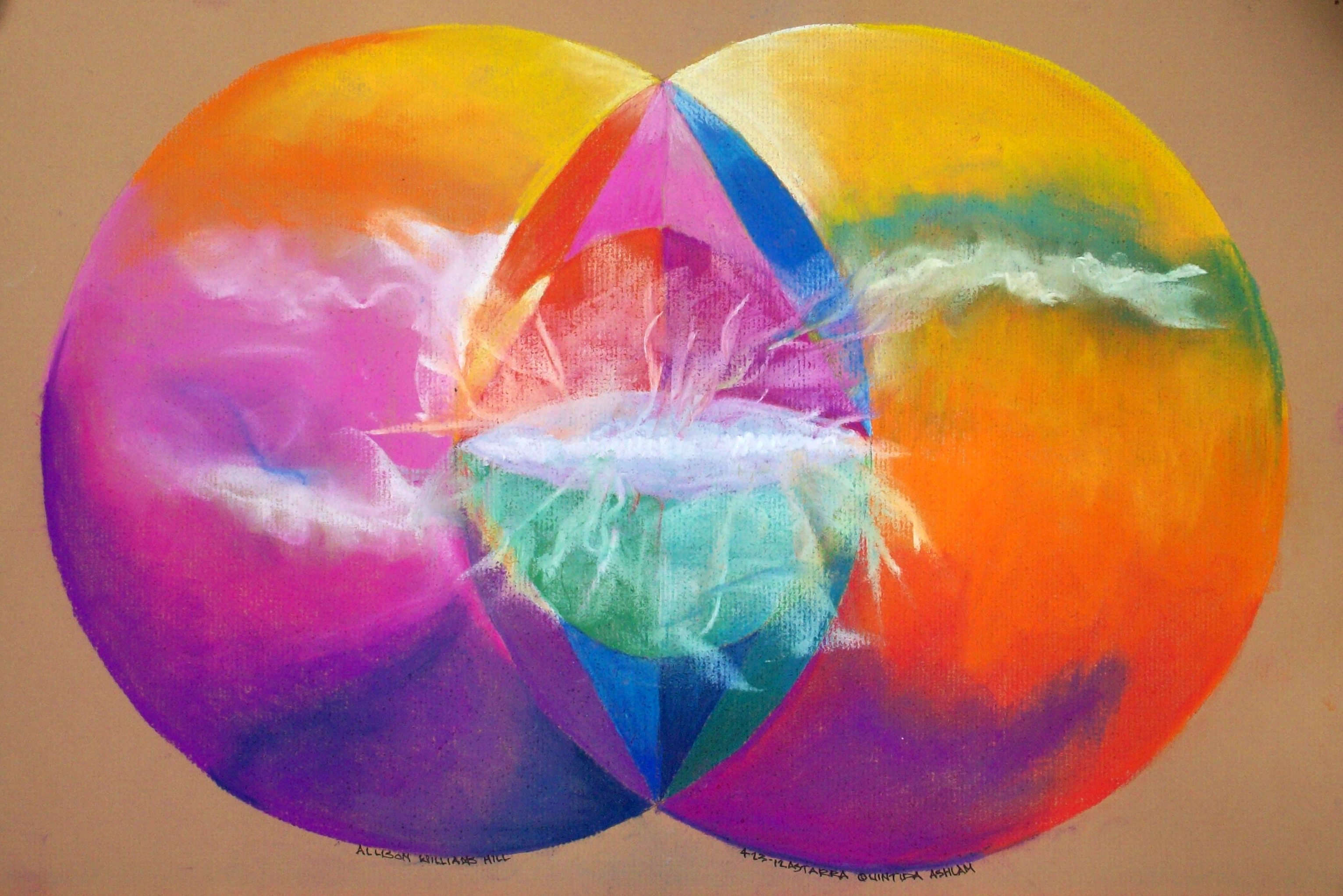
The above meditation mandala will be available soon.
